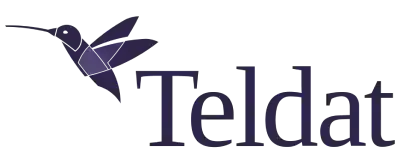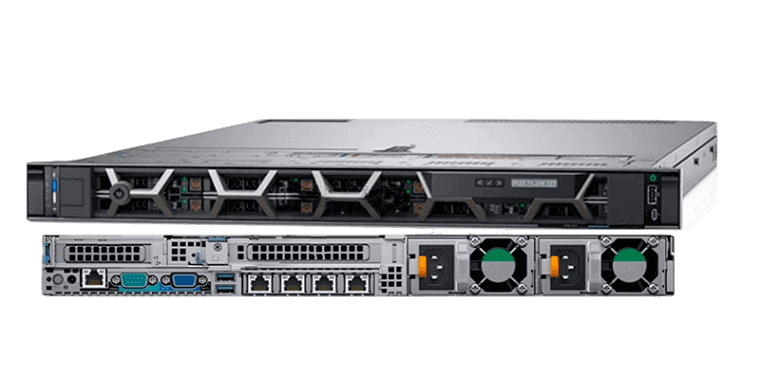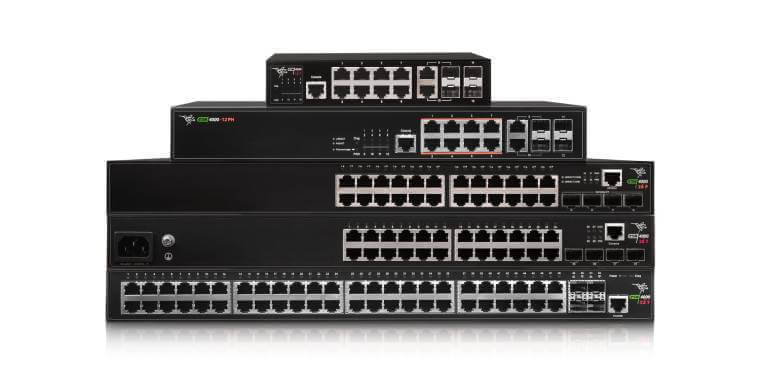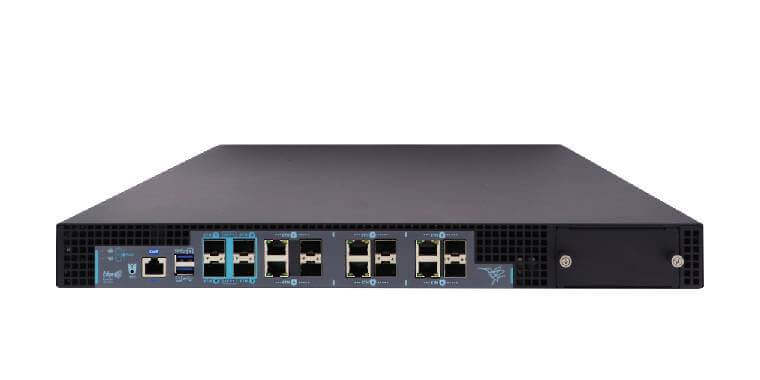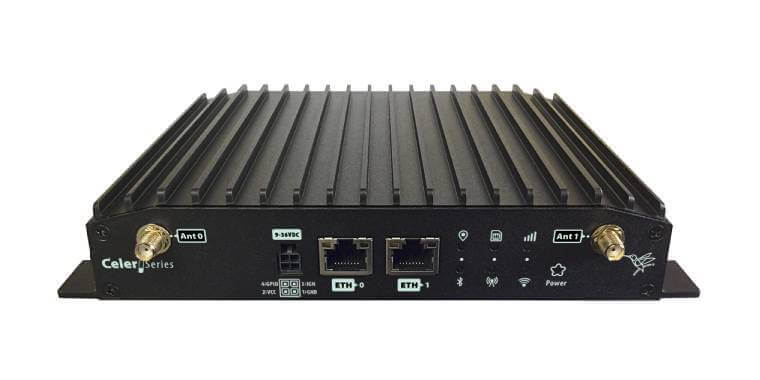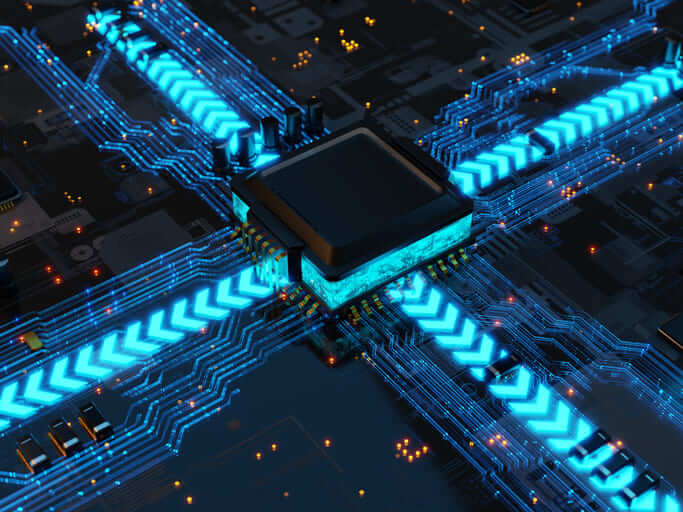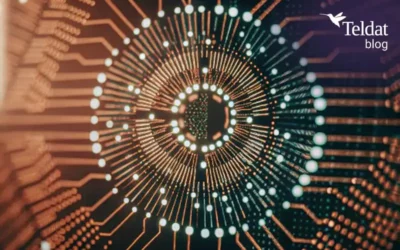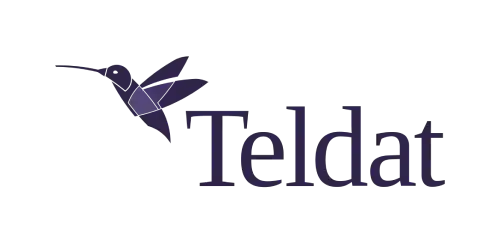 The advent of 5G technology has transformed the world of wireless communications, promising unprecedented speeds, low latency, and the ability to connect numerous devices simultaneously. However, not all IoT applications require the full spectrum of 5G capabilities. This is where 5G Red Cap (Reduced Capability) comes into play. Designed to bridge the gap between 4G LTE and full 5G, 5G Red Cap is a variant of 5G NR (New Radio) that provides a cost-effective and energy-efficient solution for mid-range IoT applications.
The advent of 5G technology has transformed the world of wireless communications, promising unprecedented speeds, low latency, and the ability to connect numerous devices simultaneously. However, not all IoT applications require the full spectrum of 5G capabilities. This is where 5G Red Cap (Reduced Capability) comes into play. Designed to bridge the gap between 4G LTE and full 5G, 5G Red Cap is a variant of 5G NR (New Radio) that provides a cost-effective and energy-efficient solution for mid-range IoT applications.
Initially referred to as 5G NR-Light, 5G Red Cap was introduced in 3GPP Release 17 (2022) with the primary aim of developing a simplified version of 5G tailored for devices requiring moderate data rates and reduced power consumption. 5G Red Cap occupies an intermediate position among full 5G use cases (eMMB, mMTC, and URLLC), targeting scenarios that do not require the high data rates of eMMB or the ultra-low latency and high reliability of URLLC, yet require more capacity than mMTC.
5G Without the Cost or Complexity
A key objective of 5G Red Cap is to deliver the advantages of 5G without the associated cost and complexity of full-scale 5G deployments. Over time, mobile networks have evolved to include technologies like LTE-M and NB-IoT to support low-speed LTE applications. Similarly, 5G RedCap is designated to fill the gap in the 5G ecosystem, offering adequate capacity for a wide array of devices and use cases.
In this context, 5G Red Cap achieves a balance between performance and efficiency. A notable feature is its reduced complexity, leading to lower costs and extended battery life for IoT devices.
5G Red Cap devices utilize fewer antennas and support narrower bandwidths compared to traditional 5G terminals. Despite this reduction in complexity, performance remains strong, with 5G RedCap still supporting maximum data rates comparable to LTE Cat-4. Additionally, these devices benefit from extended discontinuous reception cycles (eDRX) and relaxed radio resource management (RRM) monitoring, further enhancing energy efficiency.
5G Red Cap Reduces Operating Costs
5G Red Cap stands out from other 5G technologies because it operates within a spectrum of less than 20 MHz. This approach also helps reduce energy consumption, thereby extending battery life. Consequently, the technology also lowers production costs, making devices more affordable and suitable for IoT applications that require lower data transmission rates.
This is achieved, in part, by simplifying device design—specifically, reducing the number of transmit and receive antennas and MIMO layers. Fewer antennas allow devices to be more compact and less complex, which in turn reduces manufacturing costs. In terms of data transmission, 5G RedCap primarily employs 64 QAM modulation, ensuring reliable and efficient connectivity.
The introduction of 5G Red Cap offers several advantages over existing technologies:
- First, it provides an affordable option for IoT applications that do not require the full capabilities of high-end 5G, making it ideal for smart wearables, industrial sensors, and health monitoring devices.
- Second, 5G Red Cap devices can be deployed on existing telecom infrastructure with minimal upgrades, making adoption easier and more cost-effective for network operators. By offering a mid-tier connectivity solution, it facilitates a smooth transition for IoT applications currently relying on 4G LTE. This is particularly important as the demand for IoT connectivity continues to grow, with applications spanning industries from smart cities to industrial automation.
Conclusion on 5G Red Cap
In summary, 5G Red Cap represents a significant advancement in the realm of IoT connectivity. By offering a balanced combination of performance and efficiency, it addresses the limitations of both 4G LTE and high-end 5G. With its cost-effective and energy-efficient design, 5G Red Cap is set to become a cornerstone of the future IoT ecosystem.
At Teldat, we continuously monitor technological advancements, exploring how they can generate value in an increasingly dynamic and demanding environment.
